As July temperatures spike into the 100-teens, we desert dwellers emerge into baking parking lots and remember the importance of hydration. Most year-round residents have a lukewarm bottle of water rolling around under car seats and a liquid-bearing vessel on our desk at work; yet, many of us walk around in a perpetual state of near dehydration, accepting that thirsty feeling as a necessary component of living in SoCal.
But dehydration is dangerous in both the short- and long-term. The immediate effects are often confused with stressful living – headache, muscle pain and fatigue.1 Denying ourselves the water our bodies need to function can ultimately lead to a whole host of problems including constipation, ulcers and kidney stones.
In an age when we’re told that overconsumption is the root of most evils, it feels counterintuitive to realize we’re not getting enough of something. So how much consumption will get us back to where our bodies want to be? The conventional “8 x 8” rule sounds familiar to most (8 oz. of water, 8 times per day), but it doesn’t take into account the wide variety of body types. Dr. Darrell Wolfe, a renowned functional medicine practitioner, recommends instead that we divide our body weight by half in pounds and then drink that amount in ounces before 5 p.m. daily. (A 200 lb. person would consume 100 oz.)2
The next conundrum comes with parsing out the dizzying array of beverages available to most Americans. At least 2 aisles of drinkables line the midsection of every grocery store. Should tea, coffee, sport drinks and fruit juice count? All of them begin with water as their base, right? The trouble with those options are two-fold: the acidity and sugar content. Tea and coffee require our bodies to expel more water to neutralize the acids they add, and pre-bottled sport drinks or juice can cause sudden elevation in our blood sugar levels, taxing our pancreas.3
Regardless of the sobering statistics, those newly committed to a hydrated life may find the idea of drinking 3 – 5 quarts of water daunting, not to mention, frankly, boring to taste buds accustomed to being dazzled. Mary Stupin, a health coach based in Cherry Valley, advocates Dr. Wolfe’s water regimen to “eliminate toxicity and improve your body’s overall environment.” A second-generation fruit farmer, she suggests sweetening the deal with pieces of whole fruit and even fresh herbs submerged in the water. Her favorite flavor combinations are basil with strawberries, cucumber with mint or plums with tarragon.
Mary also suggests whole fruit as a mid-afternoon snack. Her go-to pick: watermelon. In addition to being 91% water4 watermelon offers fiber, more vitamin C than oranges and lycopene, an antioxidant which repairs the body from damage from chemical pesticides and food additives.5 In fact, do like Mary – cut up a big juicy watermelon, hand everyone in the family a big slice and eat it for dinner out on the patio. Why not? It’s hot and dry and who wants to cook anyway?
Megan Goehring is the Palm Springs manager and community liaison for the Certified Farmers Markets of the Coachella Valley and is passionate about improving access to fresh, high quality food for everyone in her community. For more information about locally sourced food from small California farms, check out www.certifiedfarmersmarkets.org or call (844) 732.7628.
References: 1) http://www.care2.com/greenliving/13-symptoms-of-chronic-dehydration.html; 2) https://www.docofdetox.ca/doc-of-detox/daily-water-consumption/; 3) http://www.foodmatters.com/article/are-you-chronically-dehydrated; 4) https://health.clevelandclinic.org/2014/07/dehydrated-these-7-foods-will-satisfy-your-thirst-and-hunger/; 5) https://draxe.com/lycopene.



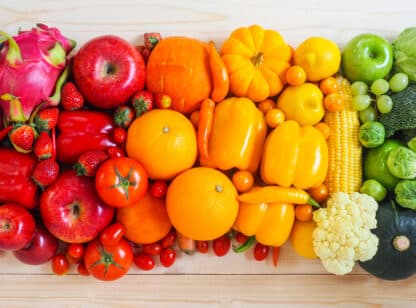
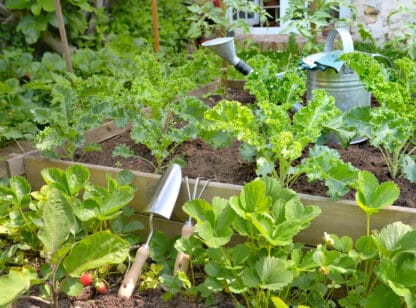

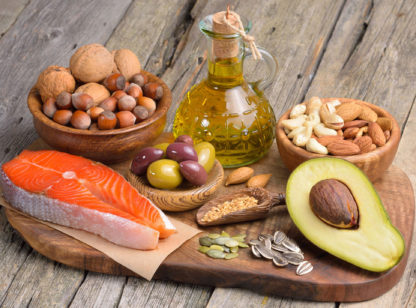






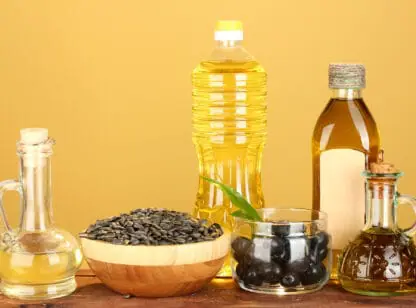
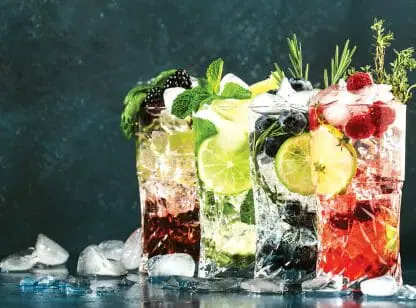
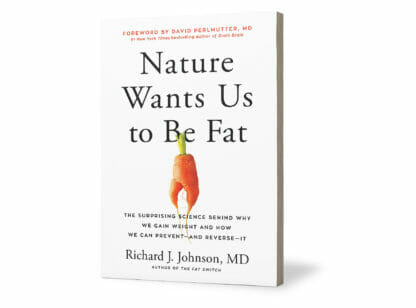
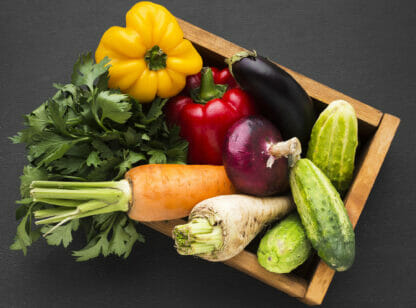
































Comments (0)